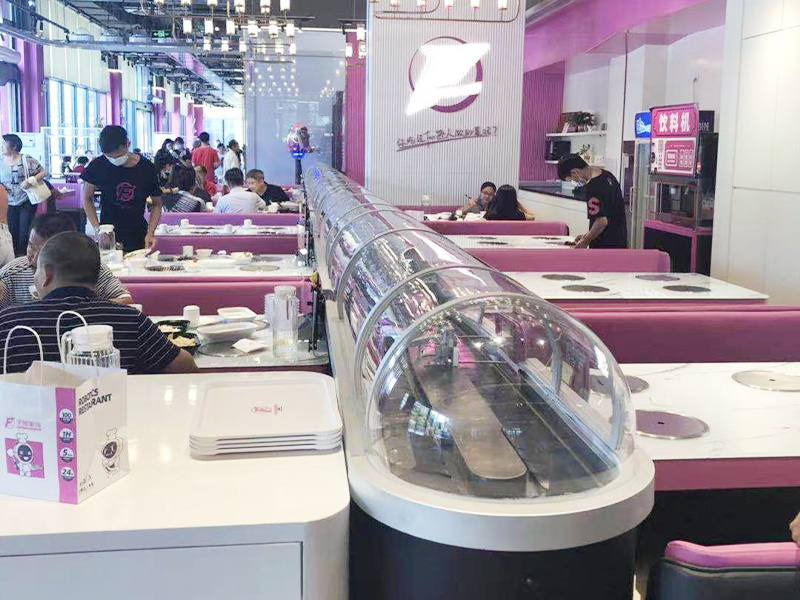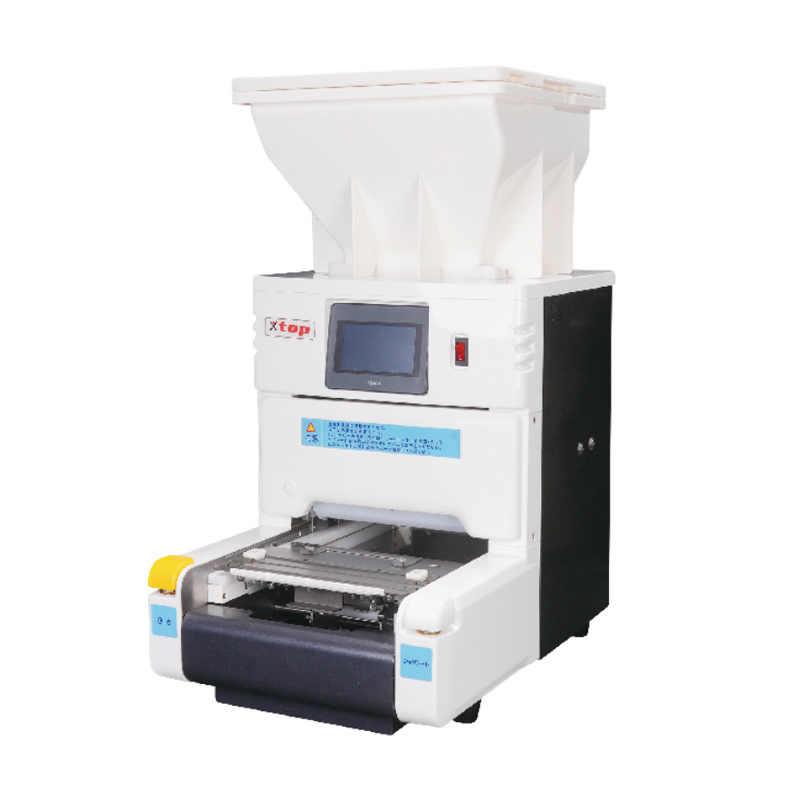Unlocking the Art of Automatic Sushi Rice Maki Production
Release Time:2025-07-04
In the rapidly evolving food processing industry, the demand for efficiency and quality has led to the development of advanced machinery designed for specific culinary applications. One such innovation is the Automatic Sushi Rice Maki machine, which streamlines the process of sushi production, particularly in creating perfect sushi rolls.
The core of any sushi roll is the rice, which must be cooked and seasoned to perfection. Automatic Sushi Rice Maki machines come equipped with state-of-the-art technology that not only cooks the rice uniformly but also ensures the correct balance of seasoning. This is crucial, as the flavor and texture of sushi rice significantly impact the overall taste of the final product. By automating this process, manufacturers can achieve high consistency and quality in their sushi offerings, catering to consumer preferences and upholding culinary standards.
Another vital aspect of sushi rolls is their assembly. The Automatic Sushi Rice Maki machines simplify this stage by efficiently spreading the rice over nori (seaweed) sheets, followed by the placement of fillings such as fish, vegetables, or other ingredients. The automation of these steps not only speeds up production but also reduces the risk of human error, resulting in beautifully crafted maki rolls with uniform sizes.
Moreover, these machines are designed to be user-friendly, with intuitive controls that allow operators to adjust settings according to specific recipes and production requirements. This flexibility is essential for businesses that wish to offer a variety of sushi styles, from traditional rolls to innovative fusion options. The ability to quickly switch between different maki configurations can significantly enhance a manufacturer’s adaptability in a competitive market.
In terms of hygiene and safety, Automatic Sushi Rice Maki machines are constructed with materials that are easy to clean and maintain, adhering to food safety standards. This is particularly important in the food and beverage processing industry, where contamination risks must be minimized. Regular maintenance protocols are often integrated into the machine's design to ensure optimal performance over time.
Furthermore, investing in automated sushi production technology can lead to substantial cost savings in labor and time. As these machines handle repetitive tasks efficiently, businesses can allocate their workforce to other critical areas, enhancing overall productivity. This transition towards automation not only improves operational efficiency but also allows for scaling production to meet growing consumer demands without compromising quality.
In conclusion, the Automatic Sushi Rice Maki machine represents a transformative advancement in the food processing industry. By combining precision, efficiency, and flexibility, these machines enable manufacturers to produce high-quality sushi that meets the expectations of today’s discerning consumers. Embracing such technology can help businesses thrive in a competitive marketplace, setting a new standard for sushi production.
The core of any sushi roll is the rice, which must be cooked and seasoned to perfection. Automatic Sushi Rice Maki machines come equipped with state-of-the-art technology that not only cooks the rice uniformly but also ensures the correct balance of seasoning. This is crucial, as the flavor and texture of sushi rice significantly impact the overall taste of the final product. By automating this process, manufacturers can achieve high consistency and quality in their sushi offerings, catering to consumer preferences and upholding culinary standards.
Another vital aspect of sushi rolls is their assembly. The Automatic Sushi Rice Maki machines simplify this stage by efficiently spreading the rice over nori (seaweed) sheets, followed by the placement of fillings such as fish, vegetables, or other ingredients. The automation of these steps not only speeds up production but also reduces the risk of human error, resulting in beautifully crafted maki rolls with uniform sizes.
Moreover, these machines are designed to be user-friendly, with intuitive controls that allow operators to adjust settings according to specific recipes and production requirements. This flexibility is essential for businesses that wish to offer a variety of sushi styles, from traditional rolls to innovative fusion options. The ability to quickly switch between different maki configurations can significantly enhance a manufacturer’s adaptability in a competitive market.
In terms of hygiene and safety, Automatic Sushi Rice Maki machines are constructed with materials that are easy to clean and maintain, adhering to food safety standards. This is particularly important in the food and beverage processing industry, where contamination risks must be minimized. Regular maintenance protocols are often integrated into the machine's design to ensure optimal performance over time.
Furthermore, investing in automated sushi production technology can lead to substantial cost savings in labor and time. As these machines handle repetitive tasks efficiently, businesses can allocate their workforce to other critical areas, enhancing overall productivity. This transition towards automation not only improves operational efficiency but also allows for scaling production to meet growing consumer demands without compromising quality.
In conclusion, the Automatic Sushi Rice Maki machine represents a transformative advancement in the food processing industry. By combining precision, efficiency, and flexibility, these machines enable manufacturers to produce high-quality sushi that meets the expectations of today’s discerning consumers. Embracing such technology can help businesses thrive in a competitive marketplace, setting a new standard for sushi production.
Keywords:Automatic Sushi Rice Maki
CATEGORY
Related News
2024-02-03









